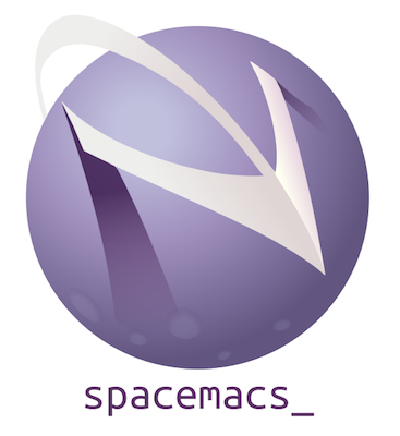Below you will find pages that utilize the taxonomy term “spacemacs”
If you have have known me for any length of time you’ll know I write mostly Python and Scala lately (Rust is getting into the mix slowly). And you should know, I am a heavy emacs user. I have been using emacs for close to 15 years, for the past 3 my emacs of choice has been spacemacs. I used to have a very long, customised and complex .emacs and with spacemacs I get a mostly-batteries-included package.
As you may know, I’m a heavy emacs user, and a frequent Scala developer. Scala tooling for emacs was restricted to mostly ensime until recently. Although ensime is an excellent piece of software, it made my old Macbook suffer a lot (it only had 8gb of RAM). So, most of the time I just went hardcore mode developer, and worked with no autocompletion, no jump to definition, no-nothing. A pervasive use of ripgrep and good memory were sometimes enough, but I was envious of many things I could see in my colleagues using IntelliJ. Of course, switching editors was not an option.
More emacs configuration tweaks (multiple-cursor on click, minimap, code folding, ensime eval overlays)
3 minutes read | 472 words
At Affectv we use a wide range of editors: Sublime, Atom, Emacs, Pycharm, IntelliJ… Actually only two people use the same editor! As such, from time to time I see things in other people’s editors that I would like to have as well. So, yesterday I decided to improve on some configuration settings on Spacemacs.
Click for multiple-cursors I saw this on Jordi’s Sublime, and it is much more comfortable than using more-like-this or similar helper functions, even if I need to use the trackpad to do so.
A couple of days ago I attended (first time I managed in almost 6 months) the London chapter of the Emacs Church (also known as the local meetup for emacs lovers). In this event we were shown (John Stevenson was the presenter) how to use emacs effectively for Clojure development (using Cider) and I saw in real life Spacemacs.
In case you don’t know, Spacemacs is a “distribution” of Emacs prepared (is open source, of course) to be easy to setup, and somehow specially prepared for former Vim users to move to Emacs.
Back in the days of yore, when I was switching between my Windows machine and a Linux machine, I remember having SyncTeX active in my Windows machine. It was a wonderful experience: SyncTeX lets you click anywhere on a generated file from LaTeX and gets back to your editor, to the place generating where you clicked. This was extremely useful, specially later on when you need to adjust many formulas to fit and you need a bit of back-and-forth-ing.



